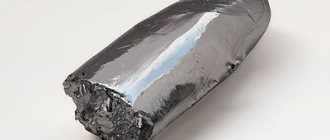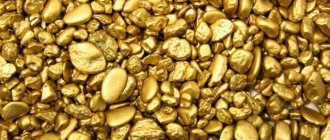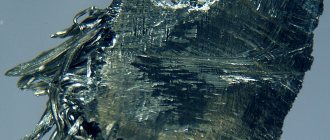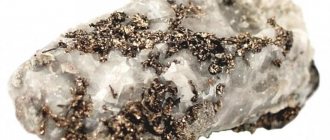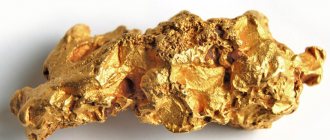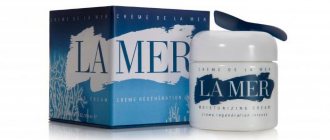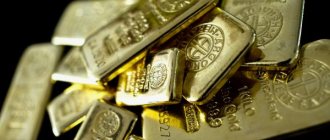Microlattice - nickel “bone”
American scientists, commissioned by Boeing, have created a new ultra-light metal material. It was called Microlattice (ultralight metallic microlattice) - an ultralight metallic sponge. This material, in the literal sense of the word, is weightless: if you put it on a dandelion, the flower will remain unharmed. However, despite its apparent fragility, Microlattice can withstand enormous loads compared to its weight. The reason is its unusual structure - the material is 99.99% hollow, and, in fact, consists of air, which resembles the structure of another durable “material” - human bone.
The basis of Microlattice is intertwined tubes, their thickness is a thousand times less than the thickness of a human hair. Moreover, the tubes themselves are hollow from the inside. The first samples of the new material were made from an alloy of phosphorus and nickel deposited on a polymer sponge base. The possibilities for using Microlattice are almost endless. In particular, the appearance of the material was greeted with a bang by the aviation industry, because aircraft components made from ultra-light material will reduce the total weight of the airliner, which will help significantly save on fuel.
Microlattice - how is it made?
Video: youtube.com/user/SciNewsRo
Tin is the most fusible metal
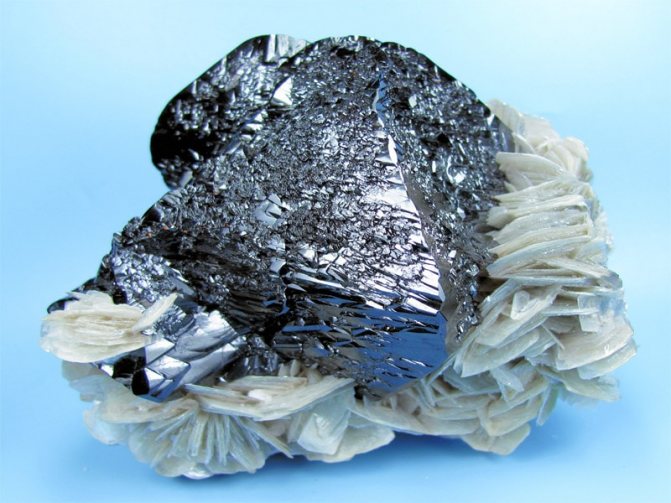
One metal that has already revealed almost all its secrets to people is tin. It has been known to mankind for a long time. Before the discovery of the properties of iron, almost everything was made from an alloy of tin and copper: from weapons to jewelry. And this is understandable.
Tin is one of the most fusible metals . Its temperature is 232 - 240 degrees Celsius. Thus, only one requirement must be met - for molds it should not melt at temperatures up to 250 degrees. That's all, this metal has no more restrictions for melting, casting, soldering and other uses.
Flexible and lightweight steel
In recent decades, steel has been rapidly losing popularity as a production material. And this is not surprising, steel is a durable material, but at the same time it is very heavy, which is why it is not used, for example, in aircraft construction. At first glance, solving this problem is not difficult: you can add lighter aluminum to the alloy. Experiments have shown that this indeed significantly reduces the mass of the steel alloy, but the material turns out to be very brittle. Such metal cannot be bent - at some point it simply breaks.
Classification by groups
Metals are among the most common materials used by mankind throughout history. Most of them are located in the middle layers of the earth's crust, but there are also those hidden deep in mountain deposits. At the moment, metals occupy most of the periodic table (94 out of 118 elements). Of the officially recognized ones, it is worth noting the following groups: 1. Alkaline (lithium, potassium, sodium, francium, cesium, rubidium). When in contact with water they form hydroxides. 2. Alkaline earth (calcium, barium, strontium, radium). They differ in density and hardness.
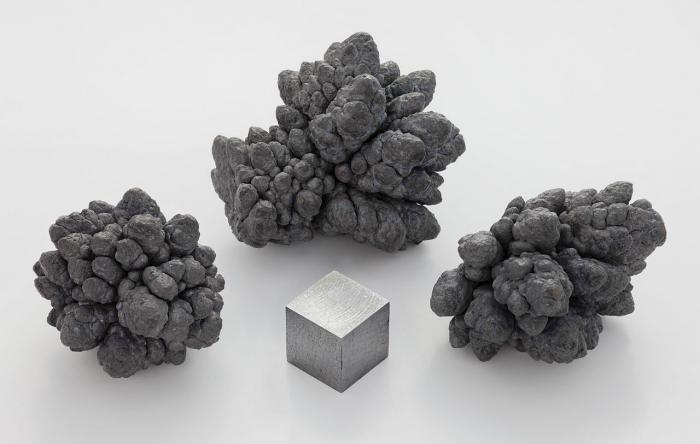
3. Light (aluminum, lead, zinc, gallium, cadmium, tin, mercury). Due to their low density, they are often used in alloys. 4. Transitional (uranium, gold, titanium, copper, silver, nickel, iron, cobalt, platinum, palladium, etc.). They have variable oxidation states. 5. Semi-metals (germanium, silicon, antimony, boron, polonium, etc.). They have a crystalline covalent lattice in their structure. 6. Actinides (americium, thorium, actinium, berkelium, curium, fermium, etc.). 7. Lanthanides (gadolinium, samarium, cerium, neodymium, lutetium, lanthanum, erbium, etc.). It is worth noting that there are metals in the earth’s crust and those that are not defined in groups. These include magnesium and beryllium.
Plastic metal
The material, which combines the flexibility of plastic and the strength of metal, was created at Yale University. It was called BMG (from bulk metallic glasses). The uniqueness of the development is that at low temperatures and pressure the material, like plastic, softens and is also able to transform into a fluid state.
BMG has these properties due to its structure: it is based on so-called “amorphous metallic glasses”. This is an alloy with properties similar to ordinary metal, but at the same time capable of taking various forms, like plastic. It is this combination of qualities that makes BMG one of the best materials for creating miniature and complex-shaped objects and devices, such as medical implants or microelectronic elements.
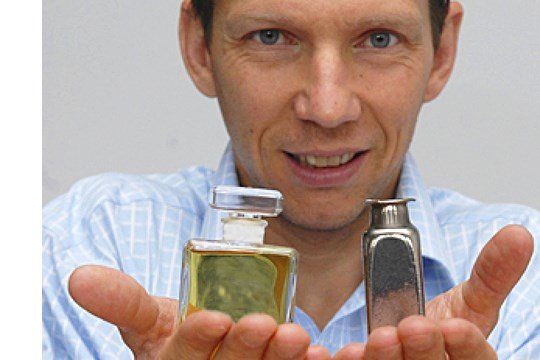
The most common metal in the world
Our earth is full of a wide variety of metals and materials. There are extremely rare ones, they are talked about a lot, and often. But you rarely hear about the most common metals. But you rarely hear about the most common metals. But, people will ask, but there are not as many metals themselves as you might think, but, in fact, metals are included in a large number of minerals, and quite a large number of them are there in the form of alloys.
Russia and metals
If we take Russian production, then the metal mining industry, which is mostly built on the extraction of the 3 main active metals iron, manganese and chromium, is in 2nd place after the gas mining industry, as well as fuel extraction.
Worldwide distribution
The most common metal in the earth's crust is aluminum. It was opened back in 1825. In the entire bark it is contained in 8.8 percent of the total composition. This metal, in addition to being one of the most common all over the world, is also considered the most commonly used. The production of equipment cannot do without it, and this, as you can understand, is a significant share of the total world production of everything.
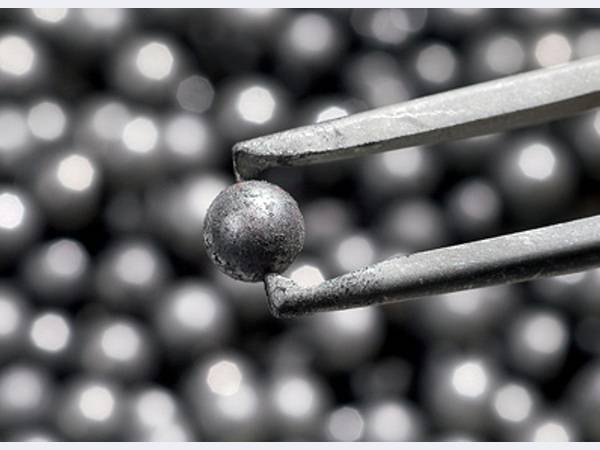
As for the most common metal in nature, aluminum still claims this title. Next on the list is classic iron, 4.1% of the total mass of metals. Iron is often used as part of mixtures, so-called metal alloys. Next comes calcium, its share is still the same 4.1 percent.
The minimum content is titanium. It is found in the earth's crust in only 0.56% of the total mass. This metal is the strongest of all known to science, and considering that it is the rarest, it is not difficult to assume that it is extremely valuable.
Precious metals
There is another list of the most common metals in the world, this time based on their value in jewelry.
First on this list is a little-known metal called rhodium. It is highly valued in the automobile industry as it is highly resistant to melting and is resistant to chemical attack and rust.
In second place is the very popular platinum. Jewelry made from this metal is very, very expensive, and often they are supplied in the form of pure metal, without decoration with precious stones.
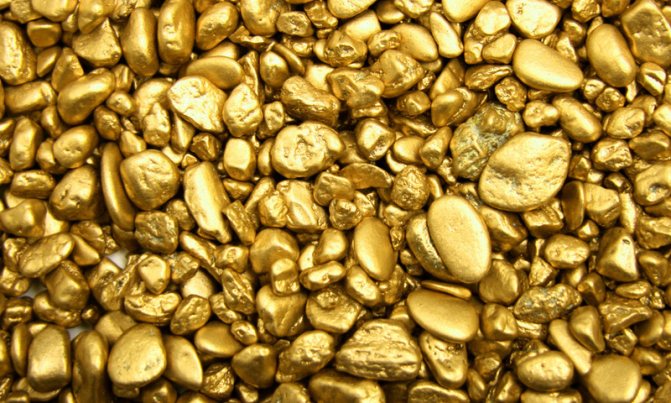
Third place, rightfully, goes to the well-known gold. For ordinary people, in addition to silver, it has the highest value. This is the only element of all that is not silver in color, but yellow, that is, gold.
All of them are available in much smaller quantities than simple metals, so the standard classification of abundance does not apply to them.
Hydrophobic metal
Hydrophobic - water-repellent materials - are not uncommon today. However, in terms of their strength, all of them are unlikely to compare with the development of scientists from the University of Rochester. They managed to create a hydrophobic metal. For this purpose, the metal surface was treated with a special laser. The finest engraving gave the material new properties: it literally repels drops of water like rubber balls.

There are many areas where such material can be useful. This includes aircraft construction - hydrophobic metal will prevent aircraft from icing, and shipbuilding - airliner hulls will be less susceptible to corrosion.

Tantalum is widely used in prosthetics
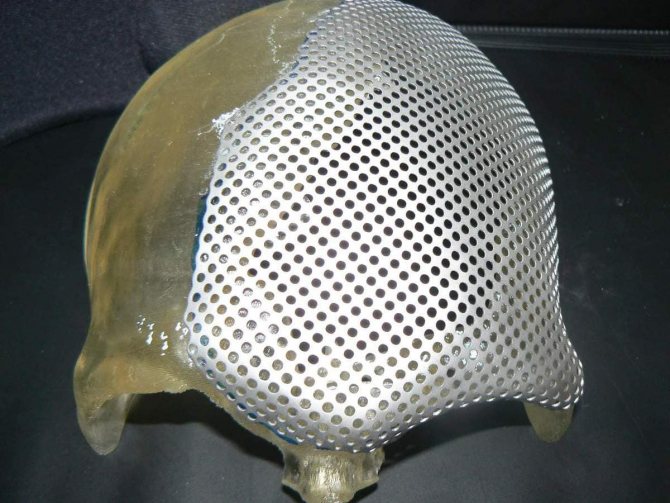
Tantalum is an unusual metal that is quite rarely found in its pure form. For this reason it became very expensive.
He is difficult to obtain, so he was named after the hero of Greek myths. There Tantalus constantly tried to get at least a little food and water, but he still failed.
A chemist trying to obtain this metal in its pure form compared his work to tantalum flour. Despite this, tantalum has now found application in many areas.
It is very widespread in medicine because the human body does not reject it . It is used to produce plates for skulls, paper clips for connecting blood vessels, threads for replacing tendons and stitching together fibers. Sometimes used to make eye prostheses.
Magnesium alloy and nanoparticles for ultralight aircraft
The metal, developed on the basis of magnesium and silicon, took the best properties from its “parents”: density and lightness from magnesium, hardness from silicon. It was possible to combine these qualities in one material thanks to a special production technology - silicon carbide nanoparticles are not mixed with magnesium, but are sprayed into it. That is why the finished metal is strong and ductile, but at the same time resistant to high temperatures.
The researchers expect that their invention will find application in aircraft and automobile manufacturing; they also plan to use the material in the production of medical equipment and electronics.
This is what the surface of a new metal looks like under a microscope.
Worldwide distribution
The most common metal in the earth's crust is aluminum. It was opened back in 1825. In the entire bark it is contained in 8.8 percent of the total composition. This metal, in addition to being one of the most common all over the world, is also considered the most commonly used. The production of equipment cannot do without it, and this, as you can understand, is a significant share of the total world production of everything.
As for the most common metal in nature, aluminum still claims this title. Next on the list is classic iron, 4.1% of the total mass of metals. Iron is often used as part of mixtures, so-called metal alloys. Next comes calcium, its share is still the same 4.1 percent. The minimum content is titanium. It is found in the earth's crust in only 0.56% of the total mass. This metal is the strongest of all known to science, and considering that it is the rarest, it is not difficult to assume that it is extremely valuable.
Chromium
Chromium is one of the hardest metals. It was discovered in Russia in 1763 in a deposit in the Northern Urals. It has a bluish-white color, although there are cases where it is considered a black metal. Chrome cannot be called a rare metal. The following countries are rich in its deposits:
- Kazakhstan;
- Russia;
- Madagascar;
- Zimbabwe.
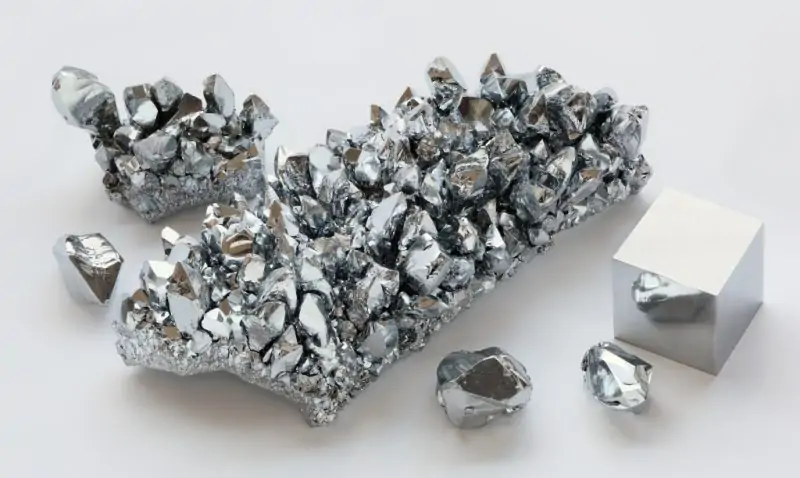
Chromium
There are chromium deposits in other countries as well. This metal is widely used in various branches of metallurgy, science, mechanical engineering and others.
produces ingots from expensive metals in the form of chocolate bars
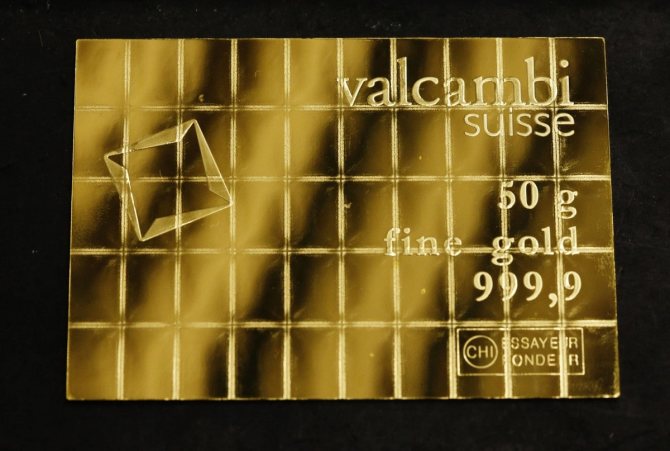
is an organization in Switzerland that has taken a very creative approach to the concept of bullion. When they say the phrase “gold bars,” people always imagine beautiful shiny bricks stacked on top of each other in a pyramid. But the company decided to destroy this idea.
They make gold, silver, platinum and palladium bars in the form of chocolate bars . This was a wonderful gift idea.
Such an ingot can be broken into several small pieces (about 1 gram) and given as a gift to loved ones. Another use case is to pay for purchases in stores that accept this type of payment, of course.
Uranus
One of the hardest metals is uranium. It was discovered in 1840 by the chemist Peligo. D.I. Mendeleev made a great contribution to the study of the properties of this metal. The radioactive properties of uranium were discovered by the scientist A. A. Becquerel in 1896. Then a chemist from France called the detected metal radiation Becquerel rays. Uranium is often found in nature. The countries with the largest deposits of uranium ore are Australia, Kazakhstan and Russia.
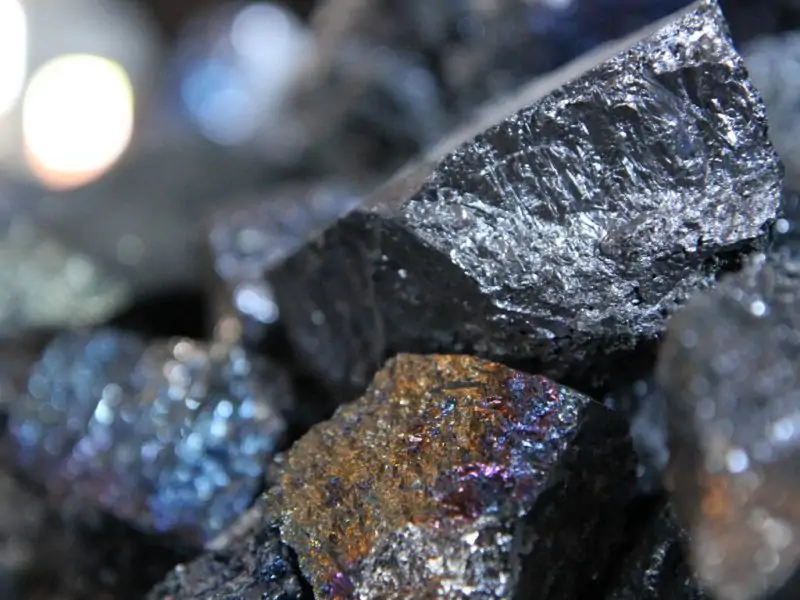
Uranus
